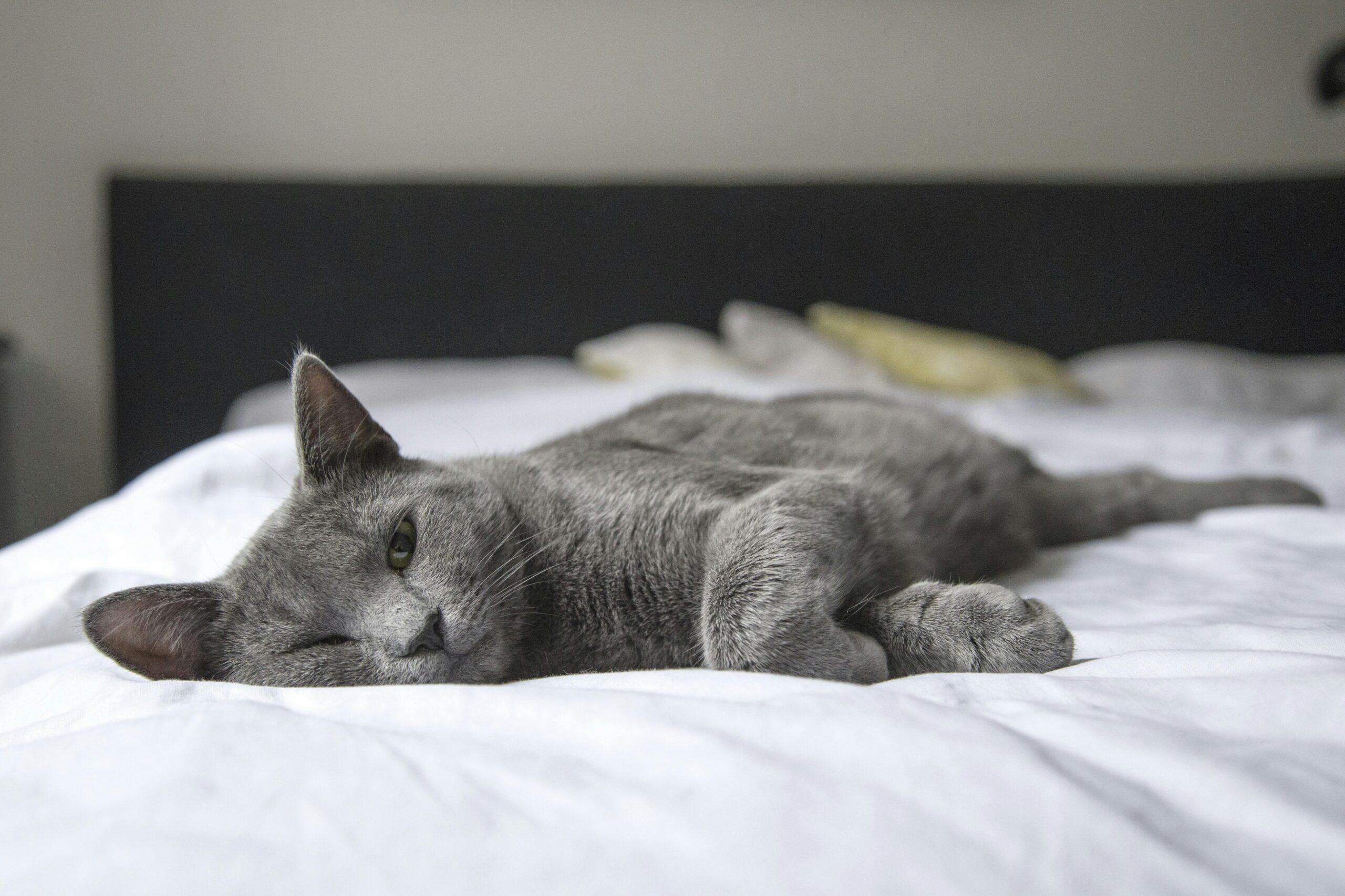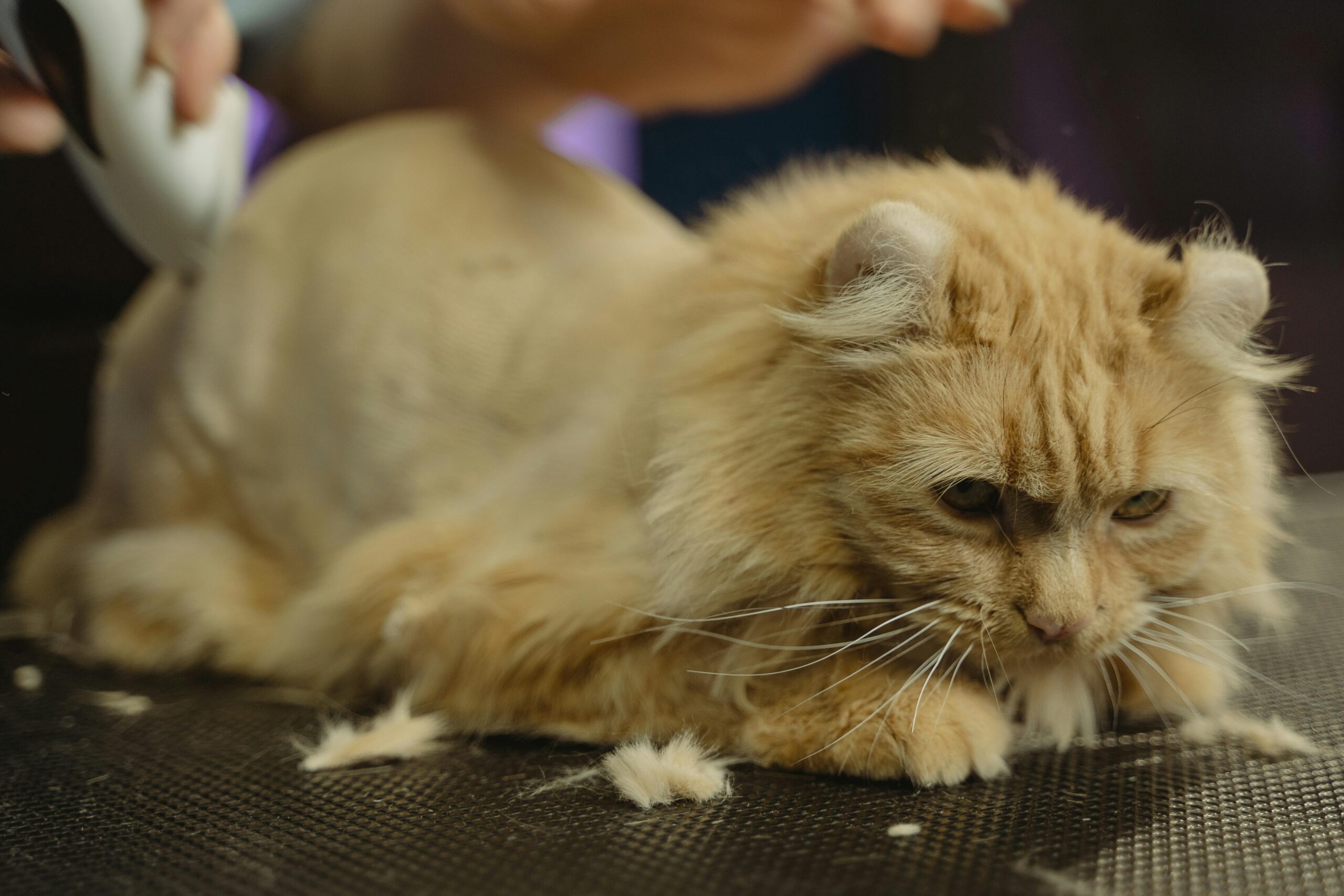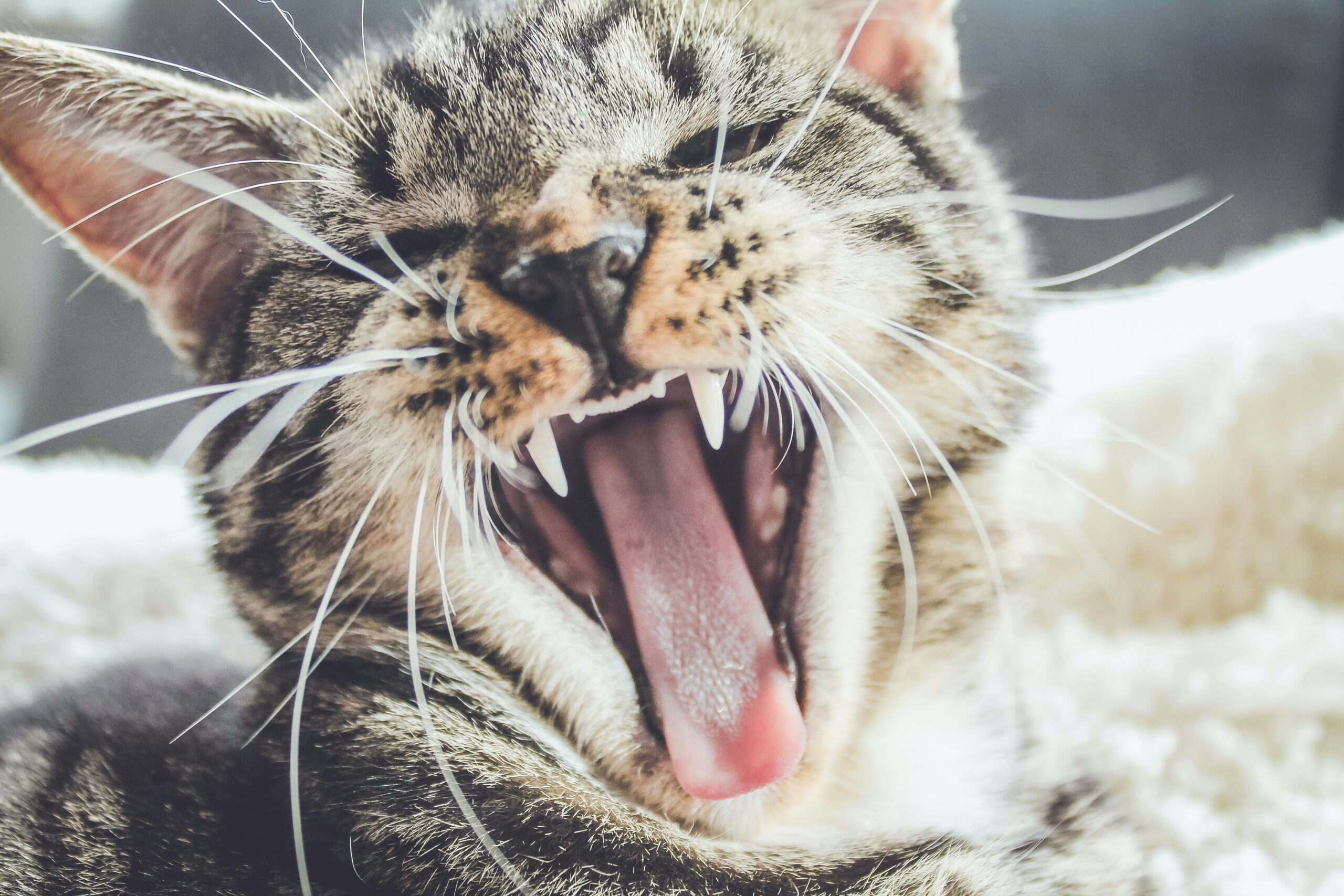Feline Kidney Disease Stage is a serious yet common condition in cats, especially as they age. It affects around 40% of cats over 10 and up to 80% of seniors over 15. While age is the main cause, younger cats can be affected too. The challenge is that it progresses slowly, and cats are experts at hiding discomfort. In this guide, you’ll learn how to spot the signs early and care for your cat at every stage.
Why Your Cat’s Kidneys Are Actually Amazing (When They Work)
Before we dive into the not-so-fun stuff, let’s appreciate what these little bean-shaped organs actually do. Your cat’s kidneys are like tiny, incredibly efficient filtration systems that work 24/7 to keep your kitty healthy.
They’re basically doing the dirty work of filtering out all the gross waste from your cat’s blood, managing how much water stays in their body, keeping their blood pressure in check, and even making hormones that help create red blood cells. Pretty impressive for something the size of a walnut, right?
When early stage kidney disease in cats starts creeping in, all these amazing functions slowly start to decline. And that’s when the problems begin.
What I’m Hoping This Guide Does for You
Look, I’m not gonna sugarcoat it – kidney disease is serious business. But here’s the good news: catching it early and treating it right can make a huge difference in how long your cat lives and how good they feel. This guide is basically me sharing everything I wish I’d known earlier, from spotting those sneaky early signs to managing the more advanced stuff.
Spotting Feline Kidney Disease Stage Signs
Early Feline Kidney Disease Stage Symptoms
Here’s something that’ll blow your mind: cats can lose up to 70-85% of their kidney function before you even notice something’s wrong. I mean, talk about overachievers! This is actually why chronic kidney disease in cats stages 1 and 2 are so hard to catch – your cat’s basically running on kidney fumes but still acting relatively normal.
It’s like your car running fine until suddenly the engine light comes on and you’re told you needed an oil change 3,000 miles ago. Cats are just really, really good at compensating until they just… can’t anymore.
Excessive or inappropriate urination can be an early warning sign of kidney trouble. Learn what it means and how to help in this guide.
The Signs That Should Make You Go “Hmm…”
As your cat moves through different feline kidney disease stages, you’ll start noticing some changes. The big ones that usually show up first? They’re drinking water like they just ran a marathon and peeing enough to flood their litter box. Seriously, if you’re scooping clumps the size of tennis balls, that’s your first red flag.
Then you might notice they’re just not that into food anymore. Maybe they’re picking at their favorite treats or losing weight even though you swear you’re feeding them the same amount. They might seem more tired than usual – less interested in that 3 AM zoomies session or their favorite feather toy.
Other stuff to watch for: throwing up more often (and not just the occasional hairball), breath that smells funky, a coat that looks like they’ve given up grooming, and just generally seeming… off. You know your cat better than anyone, so trust your gut if something feels different.
Getting the Diagnosis (AKA: Trip to the Vet)
Why Regular Checkups Are Your Friend
I get it – nobody likes dragging their cat to the vet, especially when they seem fine. But here’s the thing: for senior cats (we’re talking 7+), those regular checkups are like insurance policies. The earlier you catch chronic kidney disease in cats stages 1 or 2, the more you can do about it.
Think of it this way – would you rather catch a small problem early or deal with a big crisis later? Yeah, exactly.
The Tests Your Vet Will Want to Do
Your vet’s gonna want to run some tests, and honestly, there are quite a few. Don’t panic – they’re just being thorough!
The big blood test they’ll focus on is something called creatinine, which has been the go-to kidney test forever. But here’s the catch – creatinine doesn’t go up until about 75% of kidney function is already gone. It’s like waiting for your gas tank to be completely empty before realizing you should’ve stopped for gas.
The newer, cooler test is called SDMA (don’t ask me to spell out the full name – it’s ridiculously long). This one’s way better because it shows problems when only 40% of kidney function is lost. It’s like having an early warning system instead of waiting for the crisis.
They’ll also check other stuff in the blood and definitely want a urine sample. Pro tip: if you can collect some pee at home before your appointment, you’ll be your vet’s hero. No one likes trying to get urine from a stressed cat at the clinic!
Your vet might also check blood pressure (yes, cats can have high blood pressure too) and maybe do some imaging to peek at those kidneys directly.
Making Sure It’s Really Kidney Disease
Your vet won’t diagnose kidney disease based on just one test – they’re smarter than that. They’ll usually want to repeat tests after a couple weeks to make sure the results are consistent and not just a fluke from your cat being dehydrated or stressed.
Feline Kidney Disease Stage and the IRIS Staging System
What the Heck is IRIS?
IRIS stands for International Renal Interest Society (IRIS) – basically a bunch of kidney experts who got together and decided to make things easier for everyone. They created a staging system that puts cat kidney disease into four stages, kind of like levels in a video game, except way less fun.
Breaking Down Feline Kidney Disease Stages
Stage 1 is the sneaky stage – your cat probably feels fine, but the tests show something’s not quite right. This is where you want to catch it because you can do the most good here. It’s like finding a small leak in your roof before it becomes a waterfall in your living room.
Stage 2 is still pretty mild. Your cat might be slightly off their game, but many cats in this stage still have great quality of life with the right care.
Stage 3 is where things get more obvious. This is when you’re likely to see those classic signs like increased drinking, weight loss, and general “blah” behavior. It’s manageable, but you’re definitely dealing with some challenges now.
Stage 4 is the tough one – this is end-stage stuff where your cat is feeling pretty crummy. Lots of symptoms, and honestly, this is when you’re focusing more on keeping them comfortable than trying to cure anything.
The Extra Stuff They Look At
The IRIS system also looks at protein in the urine and blood pressure, because apparently kidneys are complicated (who knew?). More protein in the urine usually means more problems, and high blood pressure can damage other organs too.
Managing Feline Kidney Disease Stage at home
Food and Diet for Feline Kidney Disease Stage
Here’s where things get interesting – what your cat eats can make a huge difference. Kidney diets for cats aren’t just marketing fluff; they’re actually scientifically designed to make your cat’s kidneys work less hard.
These special diets have less phosphorus (which can damage kidneys), high-quality protein in smaller amounts (less waste to filter out), more calories (because sick cats lose weight), and some other fancy additions like omega-3s and B vitamins.
Now, transitioning to a new diet? That’s where the fun begins (and by fun, I mean potential epic battles of will). You’ve got to go slow – think weeks, not days. Mix a little bit of the new food with the old, gradually increasing the ratio. And here’s a controversial opinion: if your cat absolutely refuses the kidney diet and will only eat their regular food, that’s still better than not eating at all. A fed cat is better than a starving cat with perfect kidney numbers.
Loss of appetite is common in cats with kidney issues. Here’s what it means and how to get your cat eating again.
Water, Water Everywhere
Keeping your CKD cat hydrated is super important. Dehydration makes everything worse, fast. So we’re talking multiple water bowls, maybe a fancy fountain (because cats are weird and sometimes prefer moving water), wet food instead of dry, and even sneaky tricks like adding water from a tuna can to their food.
For cats in feline CKD stages 3 and 4, you might need to learn how to give fluids under the skin at home. I know it sounds scary, but it’s actually not that hard once you get the hang of it, and it can make your cat feel so much better.
The Medicine Cabinet
Depending on what stage your cat is in, there might be some medications involved. Don’t worry – I’m not gonna throw a bunch of scary drug names at you (okay, maybe a few).
If your cat develops high blood pressure, there are good meds for that. If they’re anemic, there are treatments to help. If they feel nauseous (which happens a lot with kidney disease), there are anti-nausea meds and appetite stimulants.
There’s even this cool new thing called Renaltec that basically acts like “oral dialysis” – it traps toxins in the gut before they can cause problems. Science is pretty amazing sometimes.
The New Stuff on the Block
One thing that’s gotten a lot more attention lately is something called uremic toxins – basically nasty waste products that build up when kidneys aren’t working well. These toxins make cats feel awful and can make kidney disease worse. The good news? There are new treatments specifically targeting these toxins.
What to Expect in Each Feline Kidney Disease Stage
It Depends… A Lot
I wish I could give you a simple answer about how long cats live with kidney disease, but it really depends on so many factors. Stage 2 cats often live 2-3 years or more, Stage 3 cats average about 1-2 years, and Stage 4 cats… well, that’s usually measured in months rather than years.
But here’s the thing – these are averages. Some cats do way better than expected, and some don’t do as well. A lot depends on how well they respond to treatment and how aggressive you want to be with management.
When Quality of Life Becomes the Focus
For cats in Stage 4, we’re usually shifting gears from “let’s beat this thing” to “let’s keep you comfortable.” That might mean encouraging them to eat whatever they want (yes, even if it’s not kidney diet), managing pain, and just making sure they know they’re loved.
This is the hardest part of being a pet parent, and there’s no shame in having those difficult conversations with your vet about what’s best for your buddy.
Living with a CKD Cat
You and Your Vet Are a Team
Managing kidney disease isn’t a DIY project – you’re gonna be working closely with your vet, probably seeing them every 3-6 months for blood work and check-ups. It might seem like a lot, but these regular visits help catch problems early and adjust treatments as needed.
Home Care Tips for Feline Kidney Disease Stage
Living with a CKD cat means learning some new skills – maybe giving medications, possibly doing fluid therapy, definitely becoming an expert on your cat’s eating and drinking habits. It sounds overwhelming, but most people adapt pretty quickly.
The key is learning to recognize when something’s changed. You’ll become a detective, noting things like “hmm, Fluffy didn’t finish breakfast” or “the litter box seems extra full today.”
If you’re caring for a stray kitten, early health checks are essential. Learn what steps to take from day one.
When to Panic in Cat Kidney Disease Stages
Some things need immediate vet attention: if your cat suddenly stops eating or drinking completely, starts vomiting a lot, seems disoriented or weak, or if their breathing changes. Trust your instincts – you know your cat better than anyone.
The Questions Everyone Asks About Feline Kidney Disease Stage
“Can you cure kidney disease?” Nope, sorry. Once it’s there, it’s there. But we can slow it down and keep cats comfortable for a long time.
“What’s the first sign I should watch for?” Usually increased drinking and peeing, but honestly, regular blood work catches it before you see symptoms.
“How long will my cat live?” It varies hugely, but early detection and good management make a big difference.
“Do they really need that expensive kidney diet?” It’s not just expensive marketing – these diets genuinely help. But a cat who won’t eat kidney diet is better off eating regular food than not eating at all.
The Bottom Line Feline Kidney Disease Stage
Look, kidney disease in cats is scary, and I’m not gonna pretend it’s not. But here’s what I’ve learned: cats with kidney disease can still have good lives, especially when caught early. The key is working with a vet you trust, staying on top of monitoring, and focusing on keeping your cat comfortable and happy.
Regular vet visits for senior cats are worth their weight in gold – seriously, early detection of chronic kidney disease in cats stages 1 and 2 is your best friend here. And remember, even in the later stages like feline CKD stages 3 and 4, there’s still plenty you can do to help your kitty feel better.
The most important thing? You’re already doing it by learning about this stuff. Your cat is lucky to have someone who cares enough to read a ridiculously long article about kidney disease. That love and attention makes all the difference, no matter what stage you’re dealing with.



